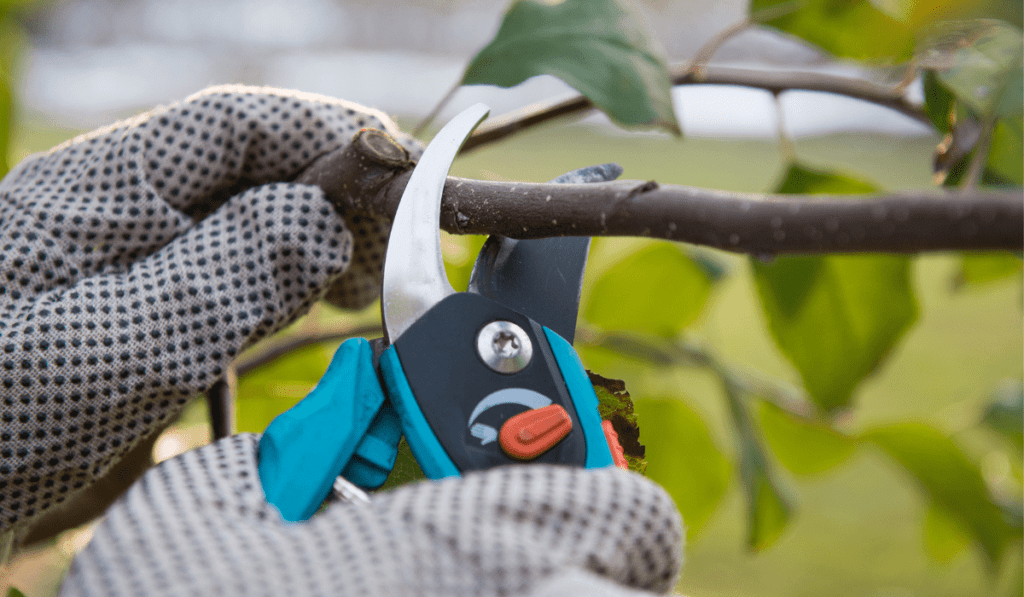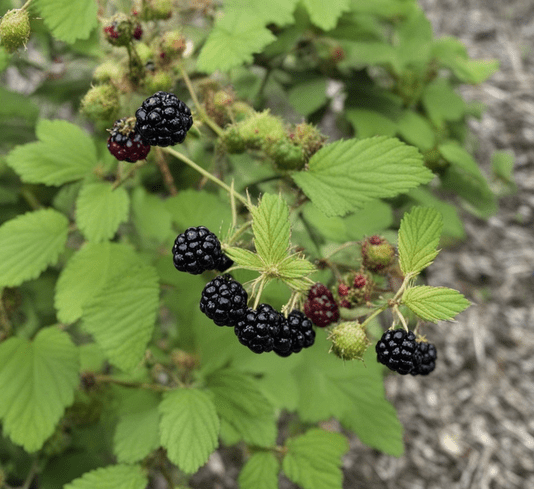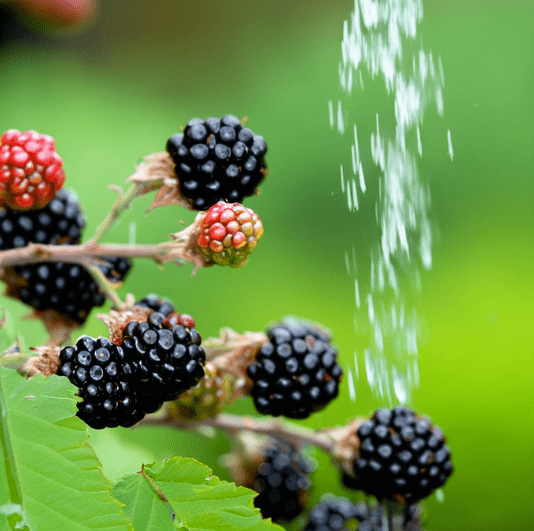Learn How to prune Blackberries with our expert guideline it’s help you to plant Blackberries.
Pruning blackberry bushes is a vital part of their care and maintenance. Proper pruning not only helps improve fruit production but also keeps the plant healthy and manageable. Here, we’ll guide you through the essential steps of pruning blackberries, whether you’re dealing with erect or trailing varieties.
Tools You’ll Need:
- Pruning shears
- Loppers (for thicker canes)
- Thick gloves (to protect against thorns)
Timing: Pruning should typically be done during late winter or early spring, while the plants are dormant. However, some maintenance pruning can be done year-round as needed.
Pruning Erect Blackberries
- Identify the Canes:
- Erect blackberries have two types of canes: primocanes and floricanes.
- Primocanes are the first-year growth, typically green, and lack fruiting lateral branches.
- Floricanes are second-year canes that have produced fruit in the previous season and have a brown, woody appearance.
- Prune Primocanes:
- In late winter or early spring, when they are dormant, cut back the primocanes to about 3-4 feet in height.
- This encourages lateral branching, which will bear fruit in the next growing season.
- Remove Weak Canes:
- Identify any weak or diseased primocanes and remove them at ground level.
- Thin out any overcrowded canes to allow for better air circulation and sunlight penetration.
- Manage Floricanes:
- After the fruiting season, floricanes should be pruned to the ground, as they won’t bear fruit again.
- Removing spent floricanes also reduces the risk of disease.
- Trellising:
- Erect blackberries benefit from trellising to keep the canes upright and facilitate harvesting.
- Install a trellis system that provides support for the canes and makes them easier to manage.
Pruning Trailing Blackberries
- Identify the Canes:
- Trailing blackberries grow long canes that trail along the ground or need support.
- They typically have a mix of young, vegetative canes and fruiting canes.
- Prune Fruiting Canes:
- After the fruiting season, prune out the canes that have produced fruit.
- These canes will not bear fruit again, and removing them encourages new growth.
- Train New Canes:
- Select the healthiest, most vigorous young canes (usually green) to train for the next season’s fruit production.
- Tie these canes to a trellis or support system to keep them off the ground.
- Remove Weak Canes:
- Cut out any weak, damaged, or diseased canes at ground level.
- Thinning and Maintenance:
- Thin out overcrowded canes to ensure good air circulation and sunlight penetration.
- Throughout the growing season, you can trim or pinch the tips of the canes to promote branching and bushier growth.
Additional Tips
- Always wear thick gloves when handling blackberry plants to protect yourself from thorns.
- Disinfect your pruning tools before and after use to prevent the spread of diseases.
- Regularly monitor your blackberry bushes for signs of disease or pest infestations and take appropriate action.
- Keep the area around your blackberry bushes free of weeds to reduce competition for nutrients and water.
Proper pruning is essential for maintaining healthy and productive blackberry bushes. By following these guidelines and tailoring your approach to the specific type of blackberry you’re growing, you can enjoy bountiful harvests and vigorous plants season after season.



